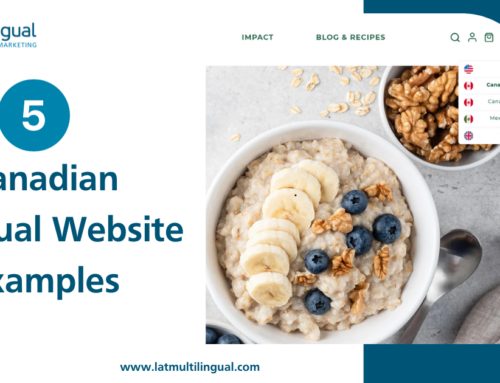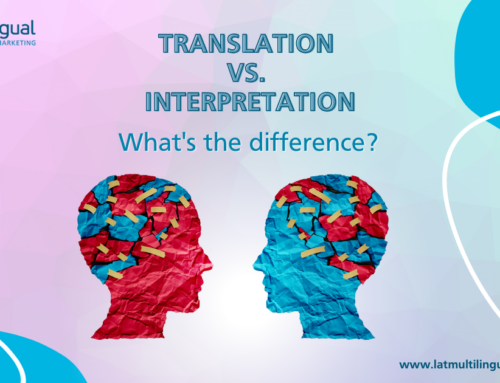If you ask most web developers, building a multilingual site is a pretty easy task. However running it on an ongoing basis is an entirely different matter. Websites are dynamic with content constantly being added, modified or deleted. This means that whenever the original content changes, all languages must too. As a result, the time and expense to manage website translations on a multilingual site can quickly escalate.
Information Overload
Large websites require someone to manage their translation work. This “someone” typically coordinates with the translation service, sends content for translation, reviews completed translations and ensures it makes its way onto the site. As a result, long chains of confusing emails and lots of time spent copying, pasting and sending content back and forth between the translation team, the web designer and the person coordinating the process is common. All of this churn is not only time consuming — it can easily result in errors on the site that can impact your business.
Website Translation Tools
The good news is there are plug-ins and modules specifically set up to help with this task. For example, If you are using WordPress, WPML offers a powerful plugin that allows clients to give direct access to their translation firm to input content. The result? Faster, more efficient website translations provided by a professional service.
“In Canada, having a bilingual website is not just a ‘nice to have’, it’s a must,” explains Lise Alain, president, LAT Multilingual. “Human language is loaded with meaning. Using automatic translation tools may be adequate to get the gist of some content, but for your public-facing material, it is not adequate. Language and cultural subtleties require human expertise to be correctly rendered for a new audience. Taking shortcuts can lead to publishing an embarrassing or just plain incorrect message. Professional translators will not only translate the content but localize it so it is appropriate for the target audience.”
The other important thing to note, Lise says, is that clients tend to only think about the content on the customer-facing webpages. They often forget how much text is in the background – meta descriptions and keywords (essential for Search Engine Optimization), pop-ups, call-to-action buttons, error messages and more all need to be considered and translated.
Using the WPML plugin, clients can choose one, some or many webpages (or parts of them) for translation. All content related to that page is then delivered to the translation partner. Once the text has been adapted for the target audience, the translator sends the translated version back through the plugin within the client’s website administration screens. The webpage preparations can then be easily completed by the client to display their content in the new language on their website.
Get Started
LAT is an authorized Translation Partner with WPML.org. Our partnership with WPML.org allows you to quickly and easily send your WordPress website content to us for professional translation, directly from your own website’s administration screens.
Not using WordPress? No problem! We help multiple clients translate their website, regardless of which platform or multilingual plugin they’re using. Tell us about yourself and our project team will work with you to figure out the most efficient way to get your website localized, and optimized for search engines. Contact us to learn more.













